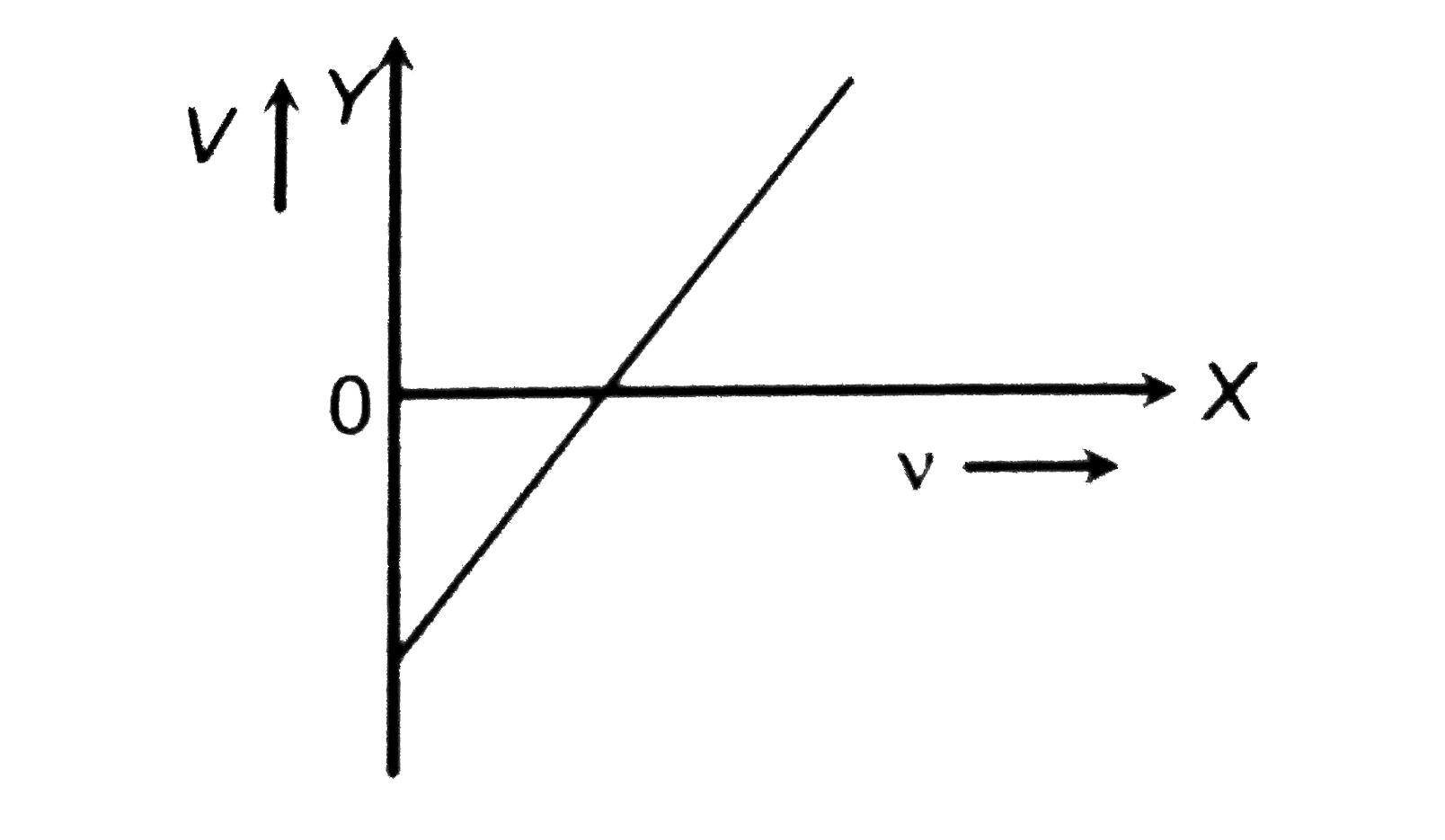Electron emission from a metallic surface by application of light is known as
Thermionic emission
Photoelectric emission
High field emission
Autoelectronic emission
The correct Answer is:B
Electron emission from a metallic surface by the application of light is known as photoelectric emission.
Topper's Solved these Questions
Similar Questions
Knowledge Check
The minimum energy required for the electron emission from the metal surface can be supplied to the free electrons by which of the following physical processes ?
AThermionic emissionBField emissionCphotoelectric emissionDAll of theseIf light of wavelength of maximum intensity emitted from surface at temperature T1 Is used to cause photoelectric emission from a metallic surface, the maximum kinetic energy of the amitted electron is 6 ev, which is 3 time the work function of the metallic surface. If light of wavelength of maximum intensity emitted from a surface at temperature T2(T2=2T1) is used, the maximum kinetic energy of the photoelectrons emitted is
A2 eVB4 eVC14 eVD18 eVIn photoelectric effect, the electrons are ejected from metals if the incident light has a certain minimum.
AwavelengthBfrequencyCamplitudeDnumber of photons
The photoelectric emission from a surface starts only when the light incident upon the surface has certain minimum:
View SolutionThe stopping potential V for photoelectric emission from a metal surface is plotted along Y - axis and frequency v of incident light along X - axis . A straight line is obtained as shown . Planck's constant is given by

View SolutionElectrons are ejected from a metallic surface when light with a wavelength of 6250Å is used. If light of wavelength 5250Å is used instead,
View SolutionThe maximum velocity of electrons emitted from a metal surface is v when the frequecny of light falling on it is f. The maximum velocity when the frequency becomes 4f is
View SolutionPhotoelectric emission is observed from a metallic surface for frequencies v1andv2 of the incident light. If the maximum value of kinetic energies of the photoelectrons emitted in the two cases are in the ratio n:1 then the threshold frequency of the metallic surface is
View Solution
